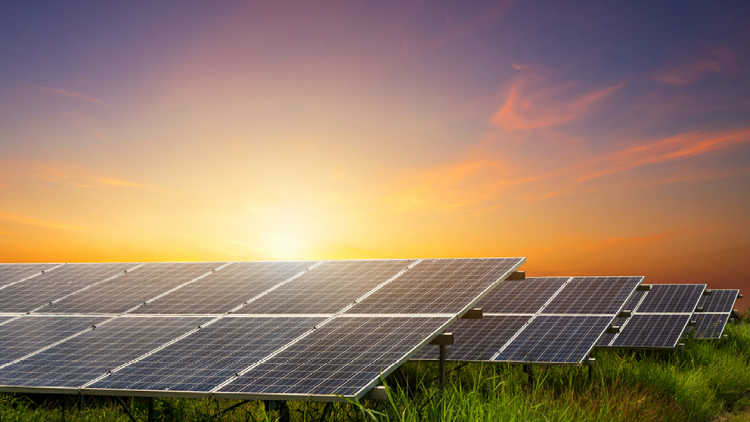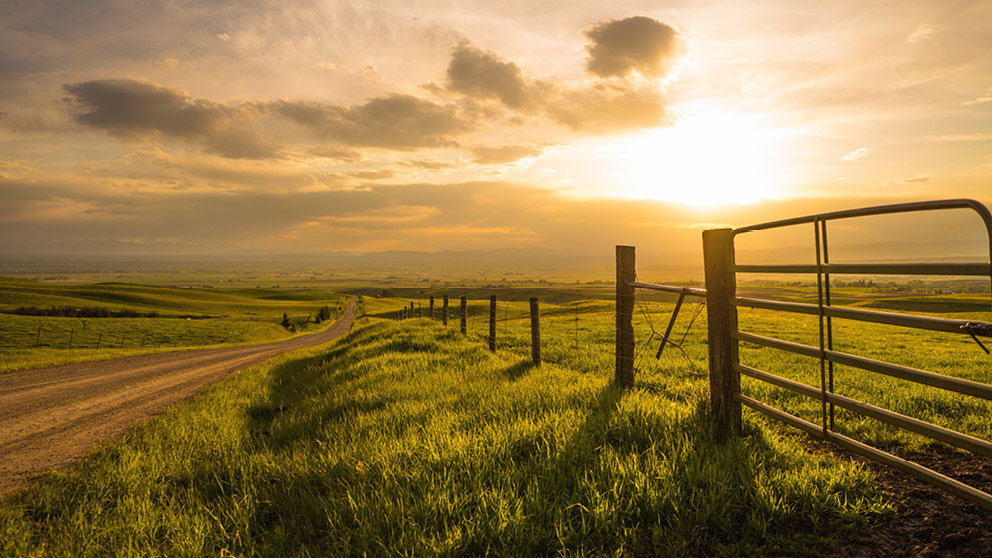Harvesting sunshine: Considerations for a cost-benefit analysis

Solar panels are expensive and it’s important to calculate your payback period.
As more emphasis is placed on renewable energy, farm operators have become increasingly interested in solar panels – and for good reason. Farms have wide open space with few obstacles that block sunlight, making solar a potential option. But just because the necessary real estate exists for solar doesn’t mean that it’s sensible for everyone.
Solar panels are expensive and it’s important to calculate your payback period. The system you install will pay back over a shorter or longer time frame based on your farm’s annual sunlight capture, the number of panels, which province you live in and start-up costs. Installation of solar is generally measured in dollars per watt. For example, an average home may have an 8.5 kWh system, which would cost at least $20,000 no matter where in Canada you live. Costs only go up from there.
Location is key
If you live on the prairies, you live in the sunniest region in Canada, specifically southern Alberta, a hotbed of both agricultural production and sunshine, with Medicine Hat being the sunniest single locale in the country. A system in that region will outperform the exact same setup in other areas simply due to daily sunlight capture. Ontario is in the middle of the pack for daily sun, but many farms are in the sunnier south of the province. Beyond these areas, sunshine will likely be more variable, so it’s advisable to consult with your local solar supplier and set realistic expectations.
Know your details
Panel and installation options vary, so first decide if your panels will be on a house, outbuilding or the ground. All have pros and cons to consider.
If attached to an existing structure, you’ll save money because you won’t have to install concrete pilings or protective fences, and the installation will require less labour. However, panels will not likely sit at the optimal angle of 45 degrees for ideal energy production. Roof repairs can also become a greater undertaking if panels must be removed.
You can install ground panels that rotate throughout the day to follow the sun, maximizing their output, but their installation will be more expensive.
The location of your panels will ultimately determine the costs, so it’s important to consider right at the outset. Performing a cost-benefit analysis can help determine your path.
As well, consider your existing power. Are you operating on single-phase or three-phase power? Depending on your setup, you may have to trench a new power line to the farm, which could quickly become a six-figure expense on its own.
Rebates, subsidies and loans
Lastly, consider what financial incentives may exist from provincial or territorial governments. Some provinces provide rebates on installation costs and will buy your energy back at various rates depending on location and time of year.
From an AgriSuccess article by Trevor Bacque.

What landowners should consider when setting land rental price and agreement details.
